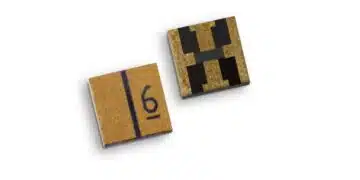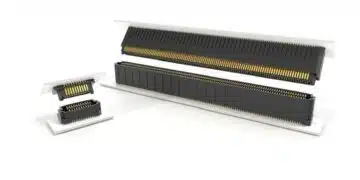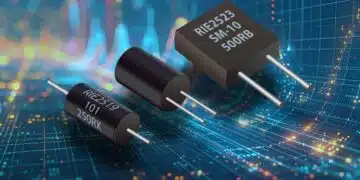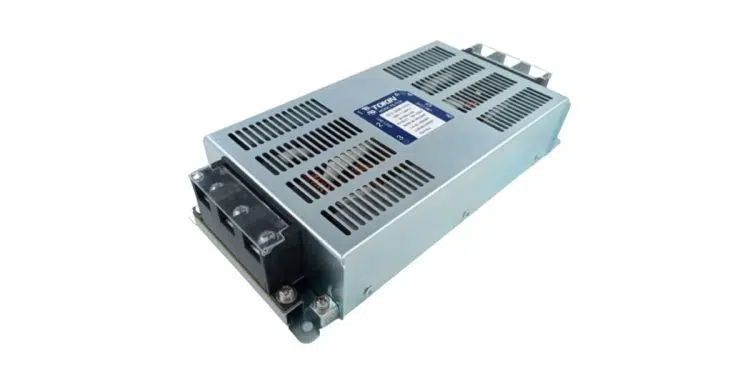KEMET introduces industry’s most volumetric efficient EMI-RFI three-phase filter EMC solution.
With a nanocrystalline metal core, the GTX series achieves a 50% improvement in volumetric efficiency and is compact and lightweight due to its high-density mechanical structure.
As part of the YAGEO Group and leading global electronic components supplier, KEMET announces its new GTX series of metal box three-phase filters. This series fulfills the growing need for EMI-RFI filters to suppress electromagnetic conductive noise in general-purpose inverters and medical power supplies.
The KEMET GTX metal case filters cover three-phase EMC requirements with a wide variety of characteristics. With a nanocrystalline core, these filters achieve excellent damping and attenuation characteristics in a compact size, coupled with a broader frequency range. In addition, six different combinations of Y capacitors can be selected to support various equipment topologies. These filters are the most volumetrically efficient in the industry, are compact and lightweight due to their high mechanical density, and are ideal for use in industrial and medical applications where suppressing EMC is critical.
The GTX series is rated to 500 VAC (50/60 Hz), 500 VDC (250 VAC, 353.3 VDC for c-UL). The filters can operate in a temperature range from -25°C to +55°C. Additionally, the nanocrystalline metal core results in rated currents of 30 A to 60 A. GTX is safety-certified by UL, c-UL, and TüV and is RoHS as well as REACH compliant. These filters comply with EU RoHS Directive 2011/65/EU and (EU)2015/863.
This series addresses design engineers’ needs of suppressing noise in electronic equipment with superior attention characteristics for applications such as machine tools, industrial robots, wind-power generation, power storage systems, medical equipment, and diagnostic instruments.
Many solutions comparable to the GTX series use ferrite materials, which have a larger footprint and are heavier in weight. This series supports the industry’s trend for increased EMC requirements, with a volumetrically efficient, compact, and lightweight EMI-RFI three-phase filter.






























